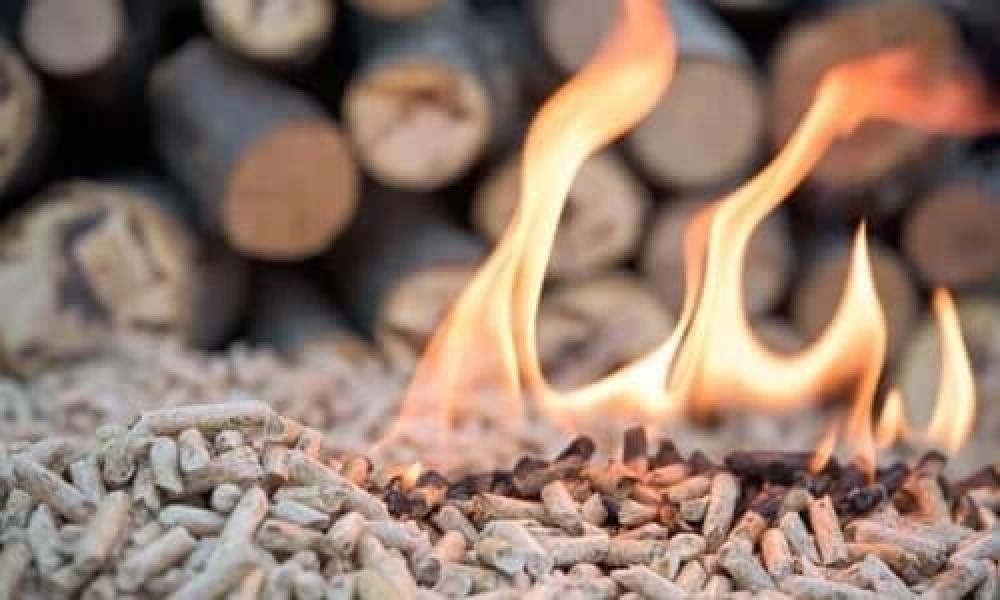Converting firewood to energy is an interesting topic, especially in light of the ongoing search for renewable and sustainable energy sources. Modern technologies for converting firewood to energy are part of these efforts, and they provide environmental and economic solutions to enhance the efficient use of natural resources. In this article, we will review some of the most prominent modern technologies in this field.
1. Direct burning
features:
- Simplicity of technology: Direct combustion is the oldest and easiest way to convert wood into energy.
- Wide use: used in home and industrial heating.
flaws:
- Harmful emissions: It produces greenhouse gases and pollutants such as fine particles and nitrogen oxides.
2. Pyrolysis
Working principle:
- The firewood is heated in an oxygen-free environment to high temperatures, causing it to decompose and produce biogas, oils and solids such as biochar .
features:
- Multiple production: Provides biogas that can be used as fuel and oils that can be chemically processed.
- High efficiency: reduces carbon emissions compared to direct combustion.
flaws:
-High cost: Requires complex and expensive equipment.
- By-product management: By-products require special handling.
3. Gasification
Working principle:
- Wood is converted into fuel gas (syngas) through thermal and chemical reactions in an oxygen-limited environment.
features:
- High conversion efficiency: The produced gas can be used to generate electricity or as a clean fuel.
- Flexibility in use: The produced gas can be used in several industrial applications.
flaws:
- Process complexity: requires a precise and complex control system.
- Construction and maintenance costs: High costs compared to direct combustion.
4. Anaerobic digestion
Working principle:
- Firewood and other organic materials are converted into biogas by bacteria in an oxygen-free environment.
features:
- Sustainable biogas production: The resulting biogas can be used as fuel for energy generation.
- Waste Management: Helps in managing organic waste effectively.
flaws:
- Slow process: Anaerobic decomposition takes longer than other techniques.
- Requires a closed system: Conditions must be tight to prevent gas leakage.
5. Plasma Technology
Working principle:
- Plasma is used to produce very high heat to convert wood into synthesis gas.
features:
- High thermal efficiency: High temperature produces pure synthesis gas.
- Reduced emissions: Reduces harmful emissions compared to conventional combustion.
flaws:
- High cost: The technology is expensive to build and maintain.
- Operation complexity: Requires careful operation and maintenance.
Conclusion
Modern wood -to-energy technologies rely on improved efficiency, reduced emissions, and increased sustainability. Despite challenges related to cost and complexity, these technologies represent an important step towards a more efficient and sustainable use of natural resources. Governments and companies must support research and development in this area to achieve greater progress and better utilization of renewable energy.

